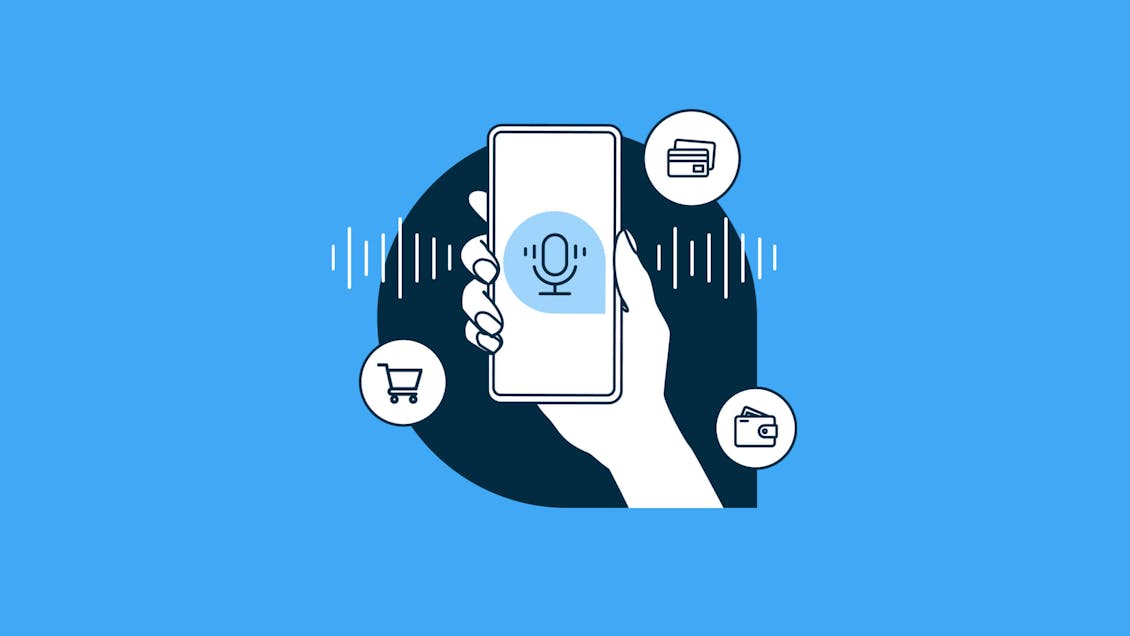Understanding Voice Payments and Touchless Tech

For the most part, the pandemic has accelerated shifts in consumer behavior that were already in motion. The appetite was strong for e-commerce and now it’s exploded and will likely only continue to grow.
Voice payments and touchless tech are two examples of trends in this vein. Previously considered emerging tech that reduced payment friction both online and in-person, with physical contact now being seen as a potential health risk, these methods are growing more important than ever. Here are some basics to understand about voice payments and touchless tech before you explore how it can help your business.
Talk-to-pay
So, what exactly are voice payments? Think of it as the next step from voice assistants like Siri or Alexa. Rather than using this technology to manage your home or quickly look up information/content, you can now use your voice to authorize payments for various items. For example, you could use Alexa in conjunction with Amazon to order an item with your voice as you discover you need it. With three out of 10 consumers owning voice assistants and more and more people relying on Amazon and other e-commerce vendors for basics like groceries in the last few months, it’s easy to see how this is appealing.
Touchless on the rise
Voice activation falls under the greater category of touchless tech. As of right now, biometrics, like fingerprint reading, are more popular methods of advanced security when it comes to authorizing payments from a smartphone or similar device. However, concern about transmission via shared surfaces means that these communal technologies are not as appealing as they may have been in the past. Enter touchless tech. Voice recognition/payments are a key example of this, but there are other options. These include:
- Motion recognition
- Facial recognition
- Gesture recognition
- Personal devices
Of course, all of these are viable in different situations. For example, gesture recognition may be good in a shared office building to open a door without everyone needing to touch the same doorknob. But when it comes to authorizing, say, payments, it likely falls short. No matter the use case, business owners and innovators recognize the premium that people are likely to place on touchless features moving forward.
Future innovation
So, what are some of the big changes to come in the world of voice technology? One hump that needs to be overcome is the need for a voice recognition standard. This will ensure that features like voice payments are all running off the same basic protocols. Interoperable technology between the big names like Apple, Amazon, Google, and Microsoft will be necessary before voice payments become a true baseline option.



